Whether it's for shooting sports or hunting activities, a scope is an indispensable tool. For any shooter/hunter, there's no such thing as a onehundred percent perfect scope. When selecting a scope, only by choosing the one that best suits the actual usage can you ensure satisfaction.
(Reading Time: 4-7 Minutes)
The article provides essential knowledge for selecting scopes, deciding factors include magnification, lens features, reticle types, and the focusing mechanism to meet specific shooting and hunting requirements.
- Basic Knowledge of Scopes
- Lens Characteristics
- Crosshair Type
- Focus Mechanism
- Other Tips About Shooting
Basic Terminology
Before selecting a scope, it's essential to be familiar with some basic terminology. Similar to telescopes, the first thing you often encounter on the scope body is a string of numbers, such as 3X 32, 4x20. What do these numbers represent?The first number, "3," refers to the magnification power of the lens, meaning how many times the distant object seen through the eyepiece is magnified. A 3x scope magnifies objects three times, while a 6x scope magnifies them six times. The second number, "32," refers to the diameter of the objective lens, representing the objective lens diameter (measured in millimeters). So, 4x20 means it magnifies four times with a 20mm objective lens diameter, and 3-9x40 means the magnification can be adjusted between 3x and 9x, with a 40mm objective lens diameter.

The same object seen through a 6x scope will feel closer than through a 3x scope; this is the advantage of higher magnification scopes. However, higher magnification scopes also have drawbacks. The higher the magnification, the narrower your field of view through the eyepiece. Even a slight adjustment in the gun or scope position can cause the target to disappear from view, requiring considerable time to readjust the scope's view to find the target again. A wider field of view during hunting helps in quickly locating and tracking moving prey.
Additionally, higher magnification scopes require more light. For example, the image of the same target will appear darker through a 6x scope compared to a 3x scope. To increase the light transmission of the scope, one can generally increase the diameter of the lenses, allowing more light to enter the scope, or increase the diameter of the scope body tube. However, these compensatory measures have limits; otherwise, the size and weight of the scope will become cumbersome.
The Number of Lens Elements & Lens Coatings
The number of lens elements and lens coatings can affect light transmission. Each lens element weakens the light entering the scope, and each layer of lens coating also diminishes light, so scopes with higher magnification and multiple coatings tend to produce relatively darker images.
Many scopes nowadays come with adjustable magnification, such as 3-9 X 32, which means a scope with a magnification adjustable from 3x to 9x and a 32mm objective lens diameter. Lower magnification offers a larger, brighter field of view for target acquisition, while higher magnification is useful for precise shooting after the target is locked.
In actual hunting scenarios, from spotting the prey to shooting, typically occurs within a short timeframe, leaving no extra time to adjust magnification. That's why many hunters don't set the magnification to the maximum but choose a middle value to achieve the best combination of field of view and magnification.
For example, when hunting deer at around 100 meters, the most commonly used scope is 3-9 X 32. Experienced hunters usually opt for 4x or 5x magnification to ensure the best field of view at around 100 meters and a sufficiently large target image for accurate shooting.

The reticle in the scope consists of a vertical line and a horizontal line. In the past, manufacturers used spider threads or silk threads for reticles, while modern scopes use metal wire or etch them directly onto the glass. The reticle is mounted in a vertical tube, with adjustment knobs in both horizontal and vertical directions to adjust the position of the reticle. These knobs are used for zeroing adjustments. How to Zero Your Rifle Scope?
There are many types of reticles, but 3 most common and widely used ones are:
1. Simple Crosshair:
Consisting of only two intersecting lines, you can choose the thickness of the lines. Thinner lines are preferred for target shooting, while thicker lines are easier to see against dark backgrounds like dense forests, making them suitable for general shooting purposes.
2. Duplex Reticle:
This type of reticle features thick, bold lines at the edges that taper to thinner lines near the central intersection point. It's the most common and popular design, catering to most needs. The thicker outer lines are visible against dark backgrounds, while the thinner lines provide an aiming point for precise shooting. In very low light conditions, the thinner lines may not be visible, but the extension of the thicker lines towards the center guides the aim to the intersection point.
3. Mil-dot Reticle:
Mil-dot reticles are becoming increasingly popular. This design adds more small dots along the crosshairs, strategically placed for distance estimation by experienced hunters.
Focusing the eyepiece of a scope
Adjusting the focus knob on the eyepiece isn't primarily aimed at making the target clearer in the scope; its sole purpose is to maximize the clarity of the crosshair. Typically, you can point the scope at a light-colored wall, adjust the focus knob to maximize the clarity and sharpness of the crosshair.
High-magnification scopes often feature a parallax adjustment knob to eliminate parallax. Parallax refers to the phenomenon of seeing the crosshair and target image move relative to each other when the eye moves slightly at the eyepiece end. Its occurrence is due to the target's actual image not precisely aligning with the plane of the crosshair. The method to eliminate parallax involves adjusting the parallax adjustment screw on the objective lens.
Tips:
In general, different weapons, shooting environments, and shooting targets have varying requirements for scopes. With these basic understandings, here are some fundamental recommendations:- When using variable magnification scopes, lower magnifications provide brighter images, while higher magnifications may appear relatively darker.
- Field of view is crucial for hunters, so the most commonly used hunting scopes are not typically high magnification. Scopes with magnifications like 3-9 or 4-12 are the most popular.
- If unsure about which reticle type to choose, the safest option is a duplex reticle.
- Maintaining a stable posture during aiming and shooting is crucial. Choose a stable scope and suitable mount to ensure accurate shooting.

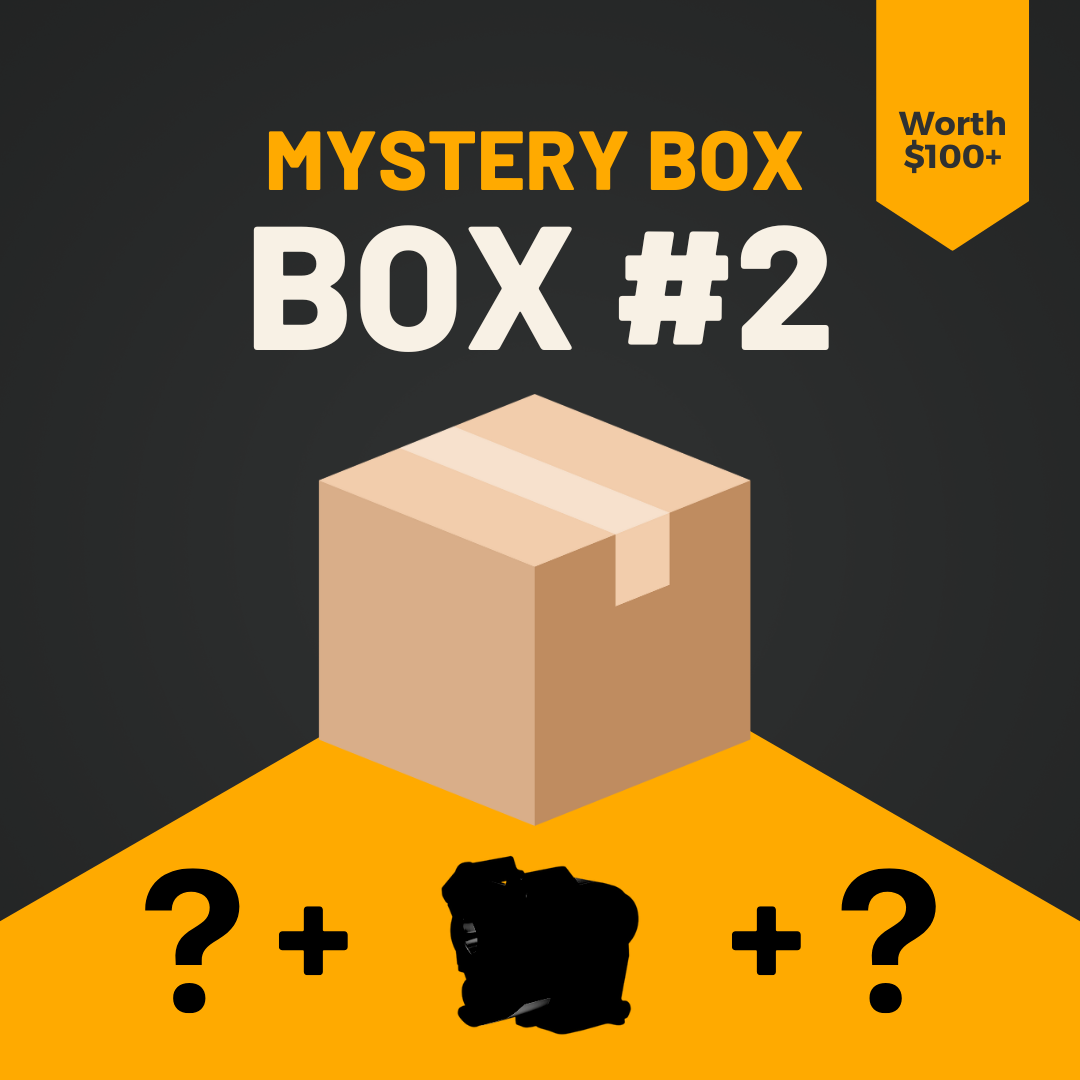
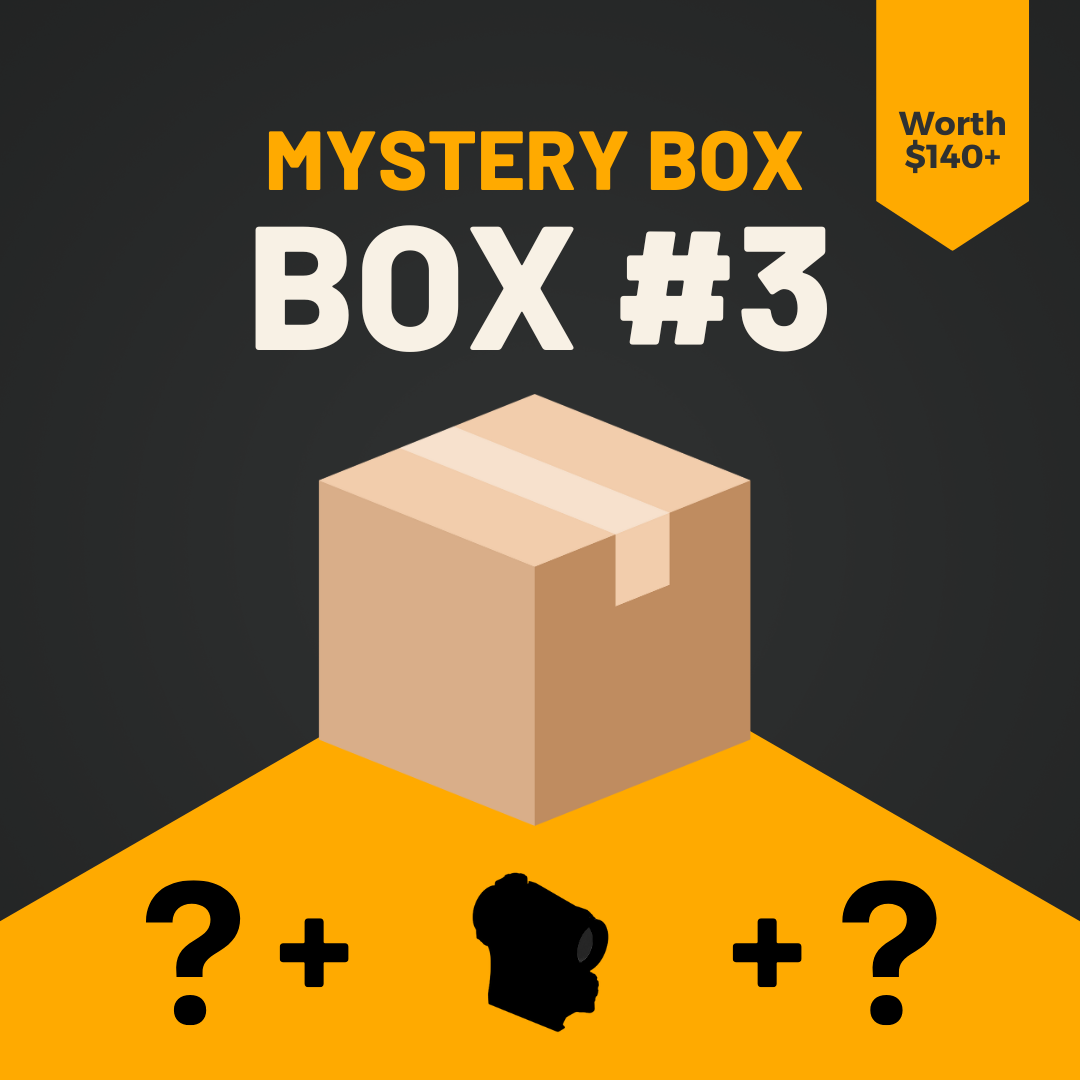
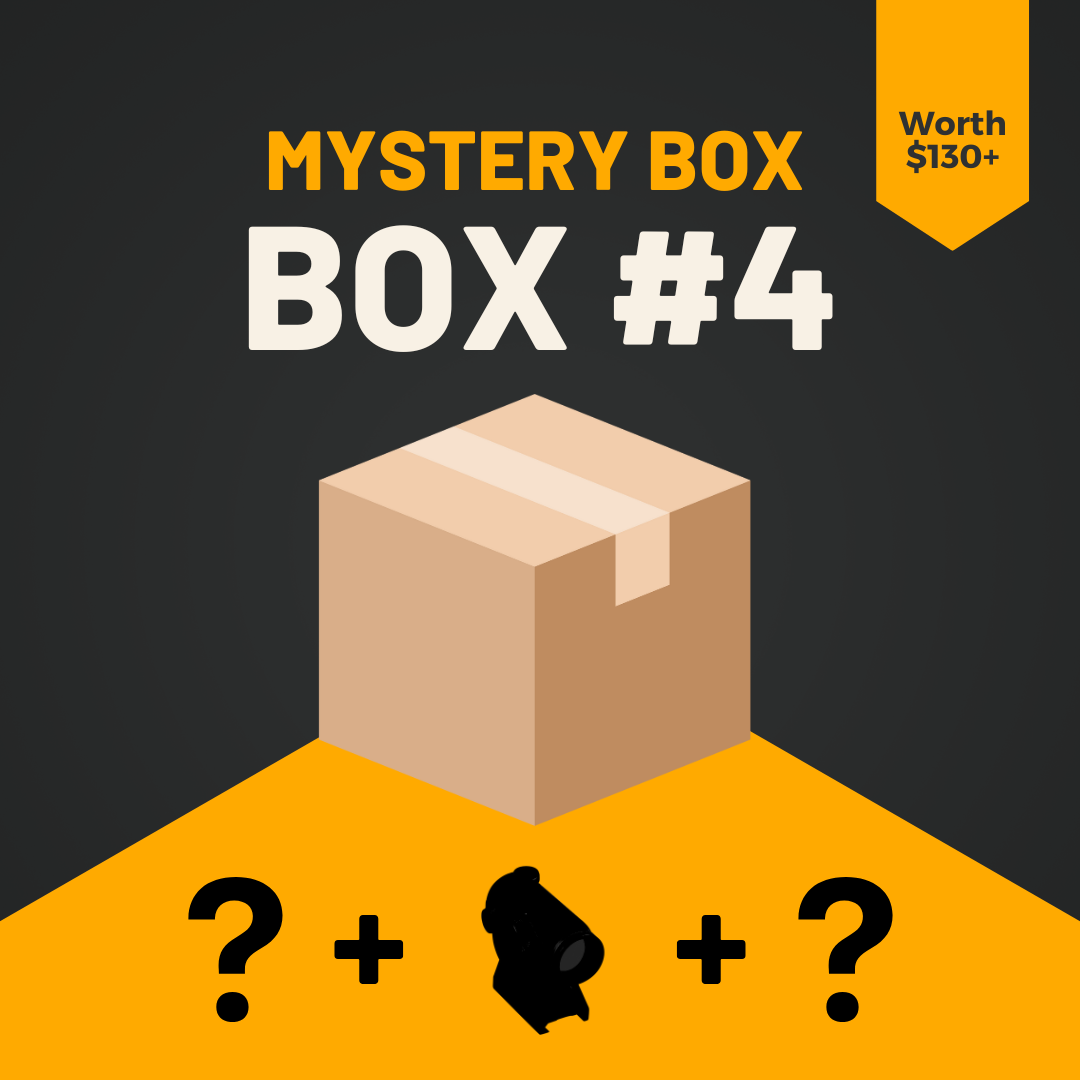
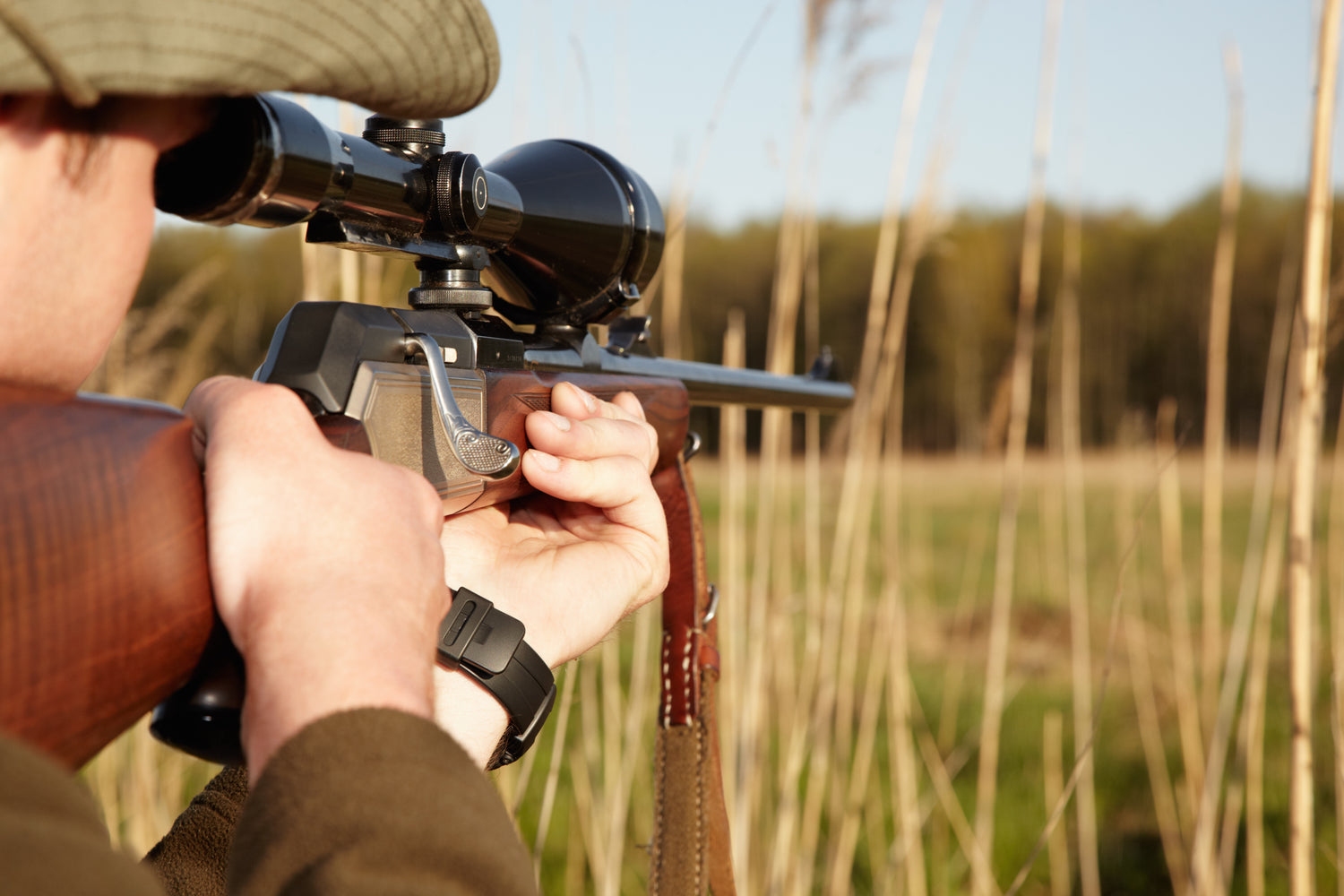

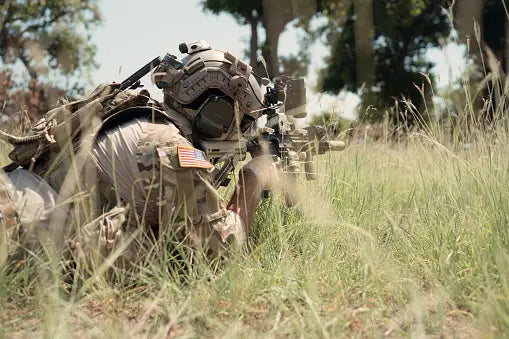
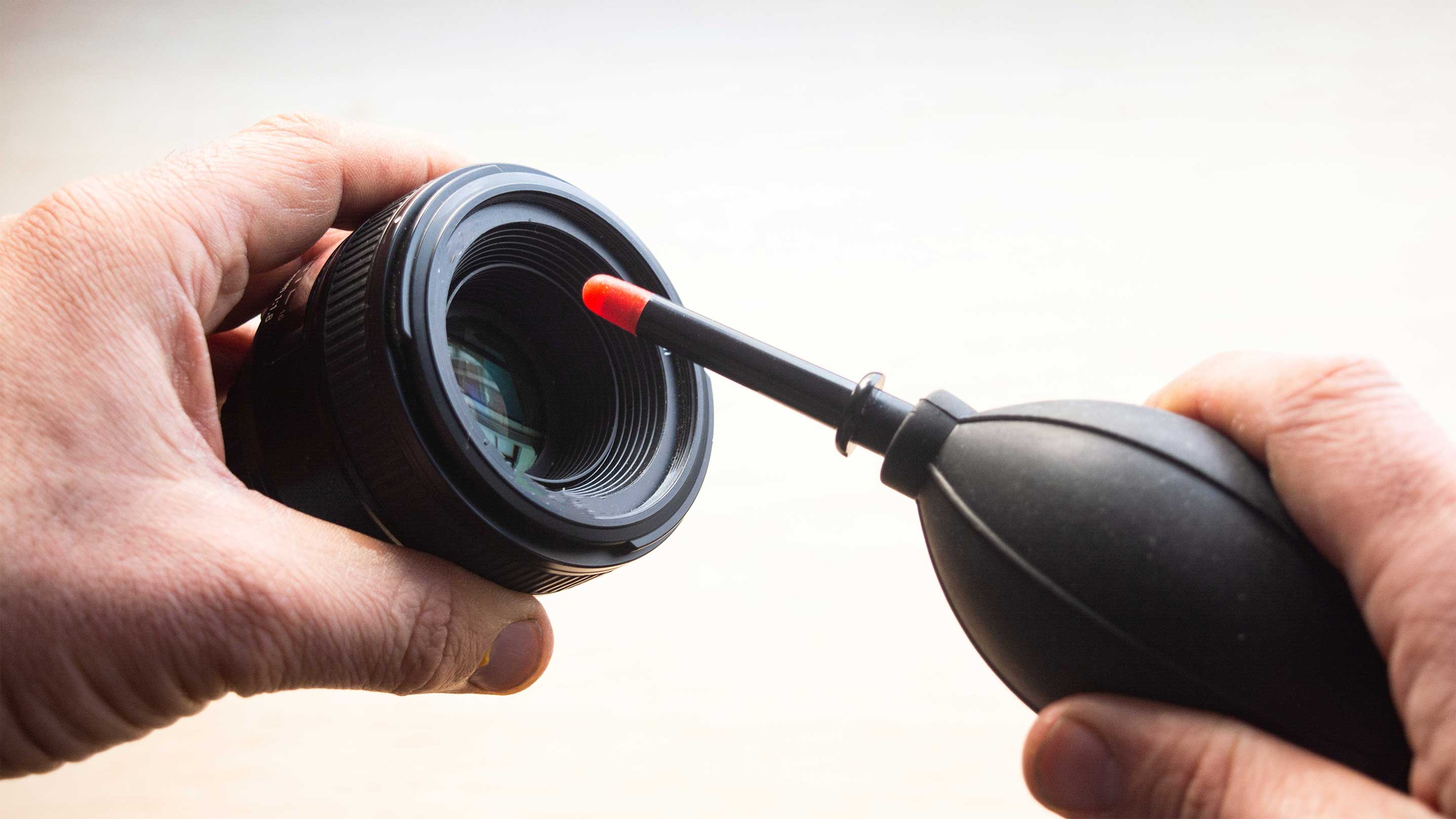
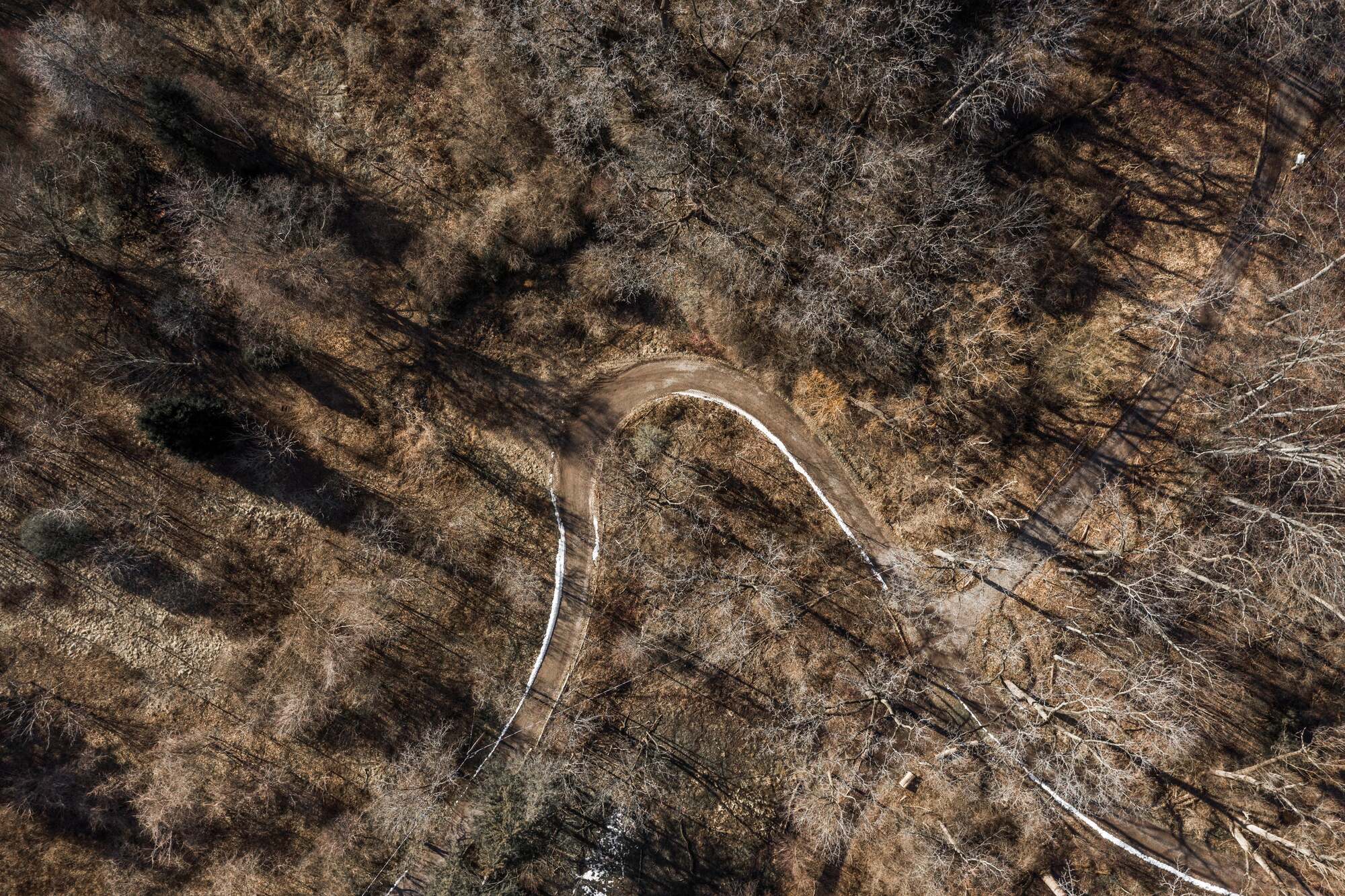
1 comment
Roberto Hermosura Gumban
Thanks for the advice!
Thanks for the advice!